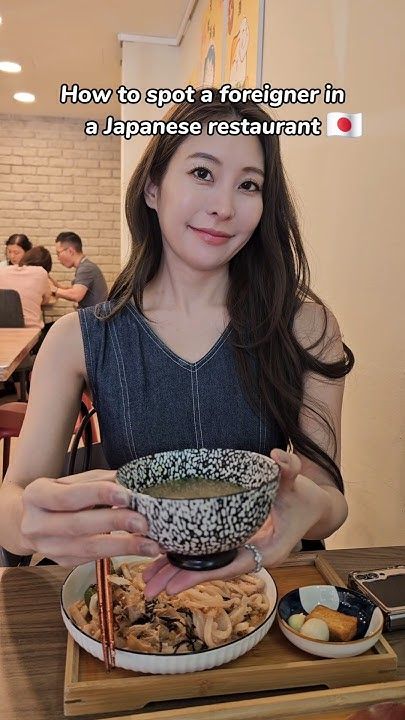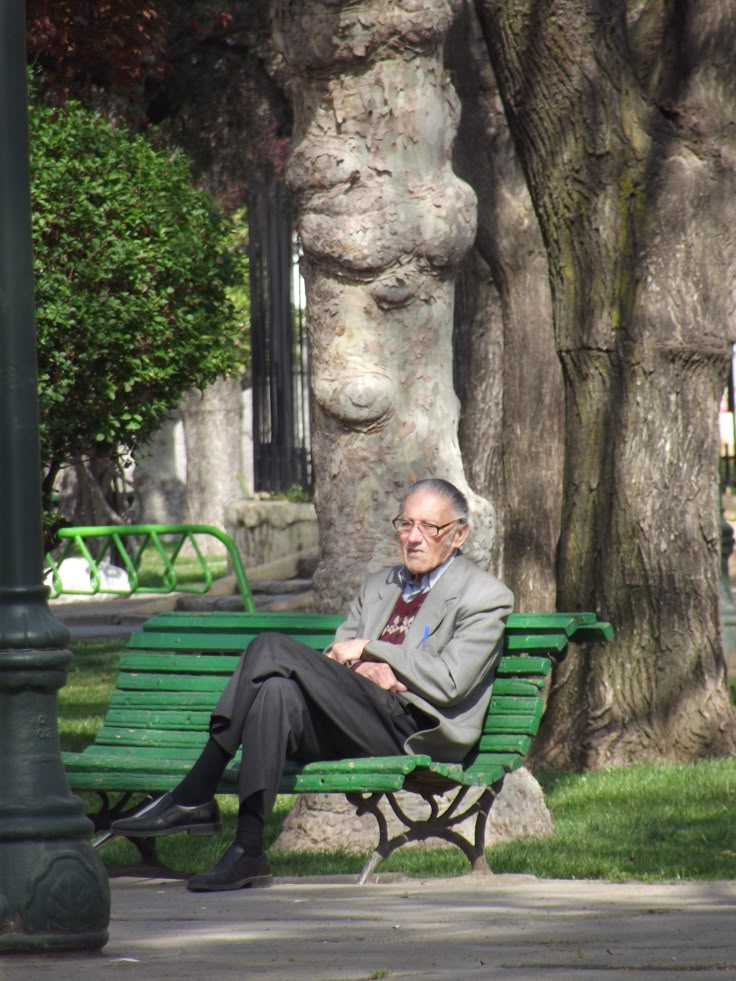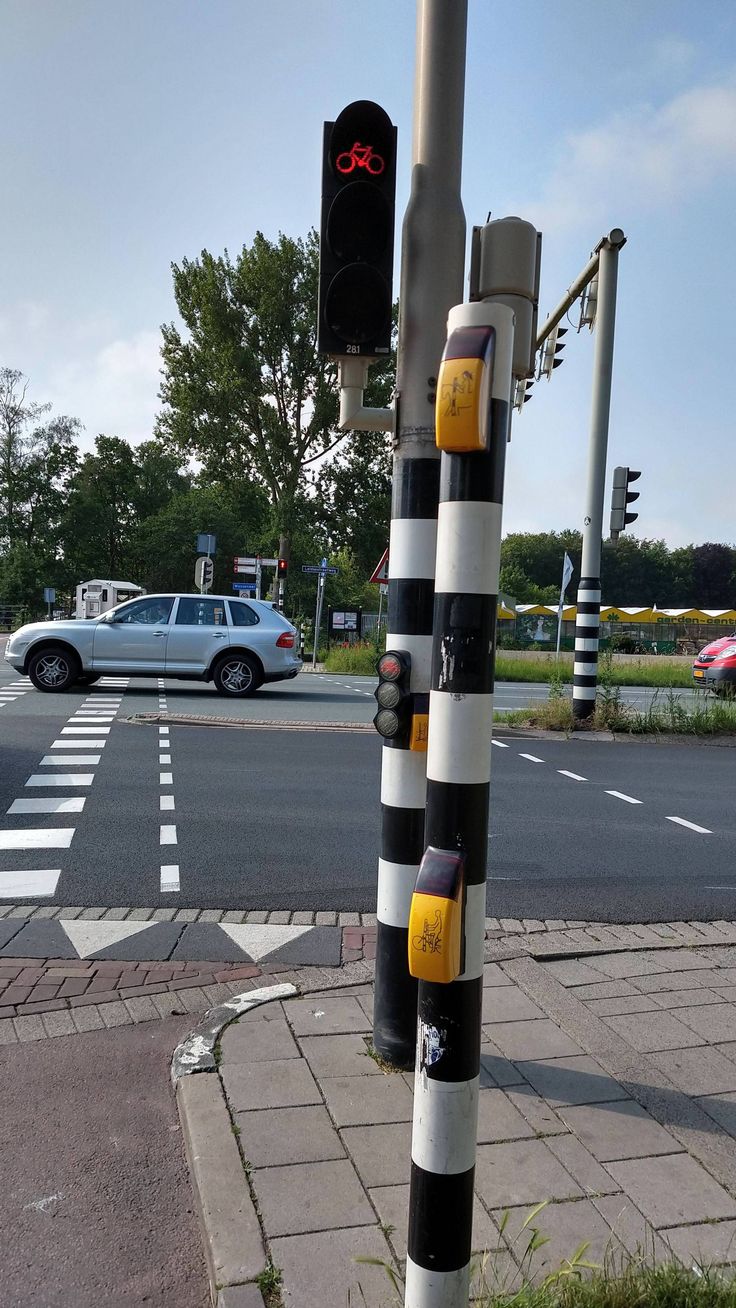General Preface:
It’s important to remember that Japan is a high-context society. This means a lot of communication and understanding relies on unspoken rules, shared history, and non-verbal cues. What might seem like a small thing to a visitor can carry more weight for a local because it taps into these underlying societal values like harmony (和 – wa), consideration for others (思いやり – omoiyari), and not causing trouble or inconvenience (迷惑をかけない – meiwaku o kakenai).
Let’s detail your points:
🔹 1. Not Wearing a Mask When Sick

-
Original: Japanese people often wear masks to protect others, not just themselves. Not wearing a mask when you’re visibly sick is seen as inconsiderate.
-
More Detail:
-
Pre-COVID Norm: Even before the pandemic, wearing a surgical mask when you had a cold, cough, or even hay fever (to protect others from your germs, or yourself from pollen) was standard practice. It’s a strong visual cue of omoiyari.
-
Post-COVID: This habit has been massively reinforced. While mask mandates have largely lifted, the social expectation to mask up if you’re coughing, sneezing, or feeling unwell remains very strong, especially in crowded indoor spaces like public transport or shops.
-
Why it’s Inconsiderate: It signals a disregard for the health and comfort of those around you. In a densely populated country where people are often in close proximity, preventing the spread of even minor illnesses is seen as a collective responsibility.
-
Tip: Always carry a few masks with you. If you start coughing or sneezing unexpectedly, putting one on will be appreciated.
-
🔹 2. Squatting or Sitting in Public (Inappropriate Places)

-
Original: Seen as poor manners or a sign of poor upbringing. Sitting on floors in public areas like department stores looks out of place to locals. Instead, find a bench or café.
-
More Detail:
-
Context is Key: This isn’t about sitting on the ground during a picnic in a park. It refers to plopping down on the floor in places like train station concourses, department store aisles, sidewalks, or at the side of a busy street.
-
Perception: It can be perceived as unkempt, potentially obstructing pathways, or even associated with vagrancy or delinquency (though this is an extreme interpretation). It disrupts the general sense of order and cleanliness.
-
Upbringing/Manners: Children are often taught from a young age not to sit on the floor in such public commercial or transit spaces. So, seeing an adult do it can indeed lead to judgments about their manners or awareness.
-
Alternatives: As you said, designated seating areas, benches (often found in stations, parks, and some shopping areas), or taking a break in a café are the preferred options.
-
🔹 3. Blocking Foot Traffic

-
Original: Standing in groups in the middle of sidewalks or hallways frustrates locals. Always move to the side if you need to stop.
-
More Detail:
-
High Density Living: Japanese cities, especially Tokyo, are incredibly crowded. Smooth pedestrian flow is essential for daily life.
-
Situational Awareness: There’s an unspoken expectation that everyone will be mindful of their surroundings and not impede others. This includes not suddenly stopping in a busy thoroughfare, keeping to one side on escalators (usually left for standing in Tokyo/Kanto, right in Osaka/Kansai), and moving out of the main flow if you need to check a map or chat.
-
Frustration Factor: For locals navigating their daily commute or errands, groups obliviously blocking the way can be genuinely frustrating, leading to silent (or sometimes not-so-silent) annoyance.
-
Practical Tip: If you’re with a group and need to pause, consciously guide everyone to the side of the path, against a wall, or into a less congested area.
-
🔹 4. Expecting Credit Cards Everywhere

-
Original: Many small or traditional places (like street food stalls) still don’t accept credit cards. Asking for card payment where it’s clearly not available may be seen as lacking common sense.
-
More Detail:
-
Cash is Still King (in places): While credit card and e-payment acceptance has vastly improved, especially in cities and tourist-frequented establishments, Japan historically has been a cash-based society.
-
Why Cash? For small vendors, card transaction fees can be a burden. Tradition also plays a part.
-
Where to Expect Cash-Only:
-
Smaller, family-run restaurants and izakayas (pubs).
-
Street food stalls and markets.
-
Many temples and shrines (for entry fees or charms).
-
Some rural shops or accommodations.
-
Taxis (though many now accept cards, especially in cities).
-
-
“Lacking Common Sense”: If a tiny ramen stall has no visible card machine or signage, repeatedly asking if they take cards might come across as a bit clueless or demanding. It’s better to observe first or politely ask “Kādo wa tsukaemasu ka?” (Can I use a card?) once.
-
Tip: Always carry a decent amount of cash. Look for credit card logos (Visa, Mastercard, JCB, Amex) displayed at the entrance or cashier.
-
🔹 5. Eating at Tourist Trap Restaurants
-
Original: Locals often avoid restaurants with: Excessive signage (especially in multiple languages). Loud music outside. Menu boards with photos and translations in English, Chinese, Korean, etc. These are considered “tourist bait” and lack authenticity.
-
More Detail:
-
Signs of a Tourist Trap (from a local’s perspective):
-
Aggressive Touting: Staff outside actively trying to pull you in.
-
Overly Prominent Multilingual Menus: While helpful for tourists, locals might see this as a sign the restaurant prioritizes tourist volume over quality or authentic local appeal.
-
Location: Prime spots in hyper-touristy areas (e.g., right next to a major landmark).
-
Generic “Japanese” Food: Offering a mishmash of everything (sushi, ramen, tempura all on one huge menu) rather than specializing.
-
-
Why Avoided: Locals often feel these places compromise on food quality, authenticity, or value to cater to a transient tourist clientele who may not know better.
-
Finding Authenticity: Locals often rely on word-of-mouth, local food blogs (like Tabelog, though often in Japanese), or look for places with Japanese-only menus, queues of locals, or those tucked away in less obvious spots.
-
Not Always Bad: Sometimes these places are convenient, and the food can still be decent. But for a truly “local” experience, digging a bit deeper is rewarding.
-
🔹 6. Hiding One Hand While Eating
-
Original: Good manners in Japan involve keeping both hands visible during meals. Resting one hand under the table is viewed as improper etiquette.
-
More Detail:
-
Cultural Difference: In many Western cultures, it’s polite to keep the hand not in use in your lap. In Japan, the opposite is true.
-
Proper Form: Both hands should generally be above the table. The hand not holding chopsticks or a utensil can rest on the table or, very commonly, be used to hold your rice bowl or a small dish while you eat from it (this is called te-zara – 手皿, literally “hand plate,” though you don’t eat directly from your palm; it’s about supporting the bowl).
-
Why? It’s seen as more engaged and respectful. Some theories suggest historical reasons, like showing you’re not concealing anything. Keeping one hand hidden can look lazy or disengaged.
-
Nuance: You don’t have to have both hands actively doing something at all times, but they shouldn’t disappear under the table.
-
🔹 7. Not Cleaning Up After Yourself
-
Original: In Japan, diners are expected to: Neatly gather trash and used napkins. Tidy up the table (especially at casual eateries or food courts). Leaving a mess is viewed as disrespectful.
-
More Detail:
-
Varies by Establishment:
-
Fast Food / Food Courts / Some Casual Cafes: It’s absolutely expected. You’ll see designated areas for returning trays, sorting trash, and sometimes even wiping your table.
-
Full-Service Restaurants: You are not expected to return your own tray or wipe the table. However, it’s still considered good manners to gather your used napkins and small bits of trash into a neat pile, making it easier for staff to clear. Don’t leave a chaotic mess.
-
-
Why? It’s about omoiyari – consideration for the staff and the next customers. It contributes to the overall cleanliness and efficiency of the establishment.
-
“Leaving a mess is disrespectful”: Yes, it can be seen as selfish and inconsiderate of the shared space and the efforts of others.
-
🔹 8. Being Late
-
Original: Punctuality is extremely important. Arriving early is common; being late is seen as inconsiderate. Social forgiveness increases once you’re close with someone, but business or formal settings still expect timeliness.
-
More Detail:
-
Deeply Ingrained Value: Punctuality is a cornerstone of Japanese society, reflecting respect for others’ time and the importance of smooth-running schedules (think of the famously punctual train system).
-
Ideal Arrival Time: For appointments or meetings, arriving 5-10 minutes early is standard. Arriving “on the dot” can sometimes even feel a bit rushed to the Japanese counterpart.
-
Consequences of Lateness: In business, it can damage your reputation and be seen as unprofessional. Socially, it can imply you don’t value the other person’s time.
-
Communication is Key: If you anticipate being late, it is crucial to contact the person/party you are meeting as soon as possible, apologize sincerely, and give an estimated new arrival time.
-
Social Nuance: As you noted, with very close friends in highly informal settings, there might be a little more leeway, but it’s still best to aim for punctuality. The default is always to be on time or early.
-
🔹 9. Talking to Strangers in Line
-
Original: Random conversation with strangers (especially in Tokyo) is often unwelcome. People prefer personal space and minimal small talk. Asking for help is acceptable if you have a specific reason.
-
More Detail:
-
Public vs. Private Demeanor: Japanese people tend to maintain a more reserved public persona. Unsolicited small talk with strangers can feel intrusive or uncomfortable.
-
Personal Space Bubble: This isn’t just physical space, but also a sort of “social” space. People generally keep to themselves in public queues, on trains, etc.
-
Exceptions/Nuances:
-
Asking for Help: If you’re lost, need directions, or have a specific, necessary question, people are generally very polite and willing to help. Preface with “Sumimasen” (Excuse me).
-
Bars/Izakayas: In more social settings like a friendly local izakaya (especially at a counter), some light interaction might occur, but it’s usually initiated subtly or by the staff/owner.
-
Elderly People/Rural Areas: You might find people are a bit more chatty, especially older generations or in smaller towns.
-
Shared Experience: If something unusual happens that everyone in line witnesses (e.g., a sudden downpour), a brief, shared comment might be acceptable.
-
-
Tokyo vs. Elsewhere: Tokyo, being a massive and fast-paced metropolis, tends to be more reserved. Osaka, for instance, has a reputation for being more outgoing.
-
Key Takeaway: It’s best to err on the side of respectful silence unless you have a specific, polite reason to engage.
-
This detailed breakdown should give you a richer understanding of the “why” behind these social norms. Being aware of them will definitely help you navigate Japan with more grace and make your interactions smoother!

